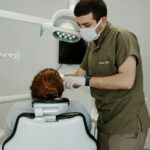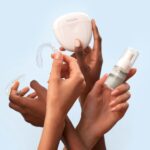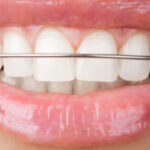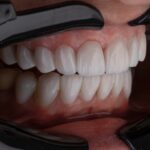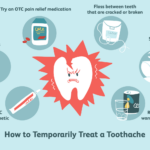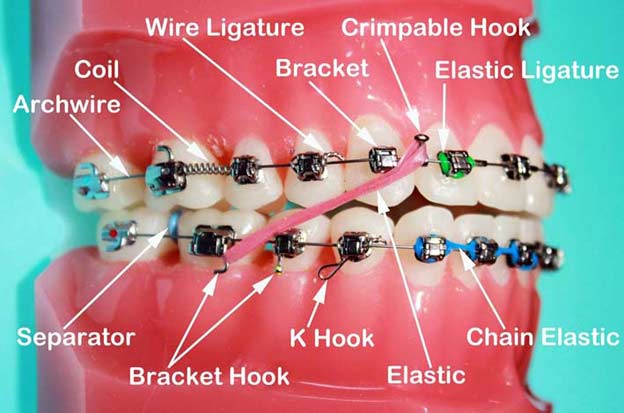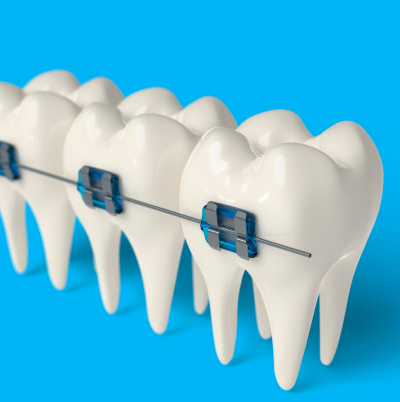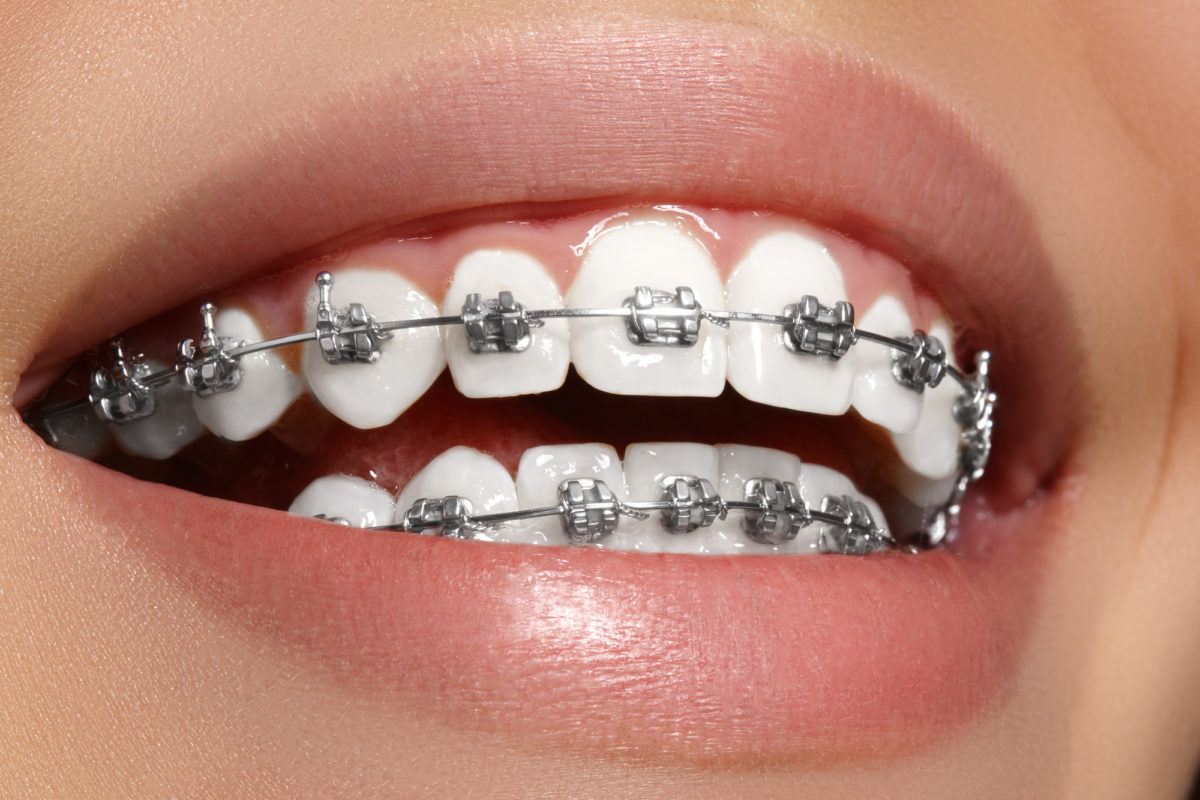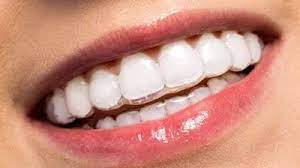What Happens If Another Orthodont Removes My Braces?
When you or your child wear braces, you’re investing a lot of time and money into your smile. Now that you’re about to get them off, you want to be sure you know what will happen next.
There are a few steps that your orthodontist will take after your braces are removed. These steps will ensure that you or your child’s teeth stay healthy and in perfect alignment.
Removing the Brackets
Removing the brackets is one of the most common procedures performed by orthodontists to correct misaligned teeth. Using a special pair of pliers, the orthodontist will apply pressure to each bracket in a row and break it loose from the tooth.
During this process, it is normal to hear some cracking and chipping noises. These are normal and are a sign that the orthodontist is working on removing the braces.
Once the brackets have been removed from your teeth, the orthodontist will remove the dental cement that held the wire and bracket in place. During this process, patients can notice a strange slimy feeling on their teeth.
The orthodontist will then use a small metal tool to carefully polish away the dental cement and leave the teeth feeling clean and smooth. In addition, the orthodontist will create a custom retainer to keep your teeth in their proper position. The retainer is usually less expensive and easier to maintain than braces.
Removing the Dental Adhesive
If you have been wearing braces for a while, the dental adhesive that held your brackets in place may have hardened into a thick residue. It may be difficult to remove completely from your teeth and gums at home.
However, it is possible to safely remove the residual glue using special instruments, such as magnification (loupes, operating microscope), very fine diamond burs, non-enamel cutting tungsten carbide burs, and silicone or rubber polishers.
The objective of this procedure is to remove the bonding attachments, residual adhesive, and enamel remnants after orthodontic treatment and restore tooth structure as close as possible to its pretreatment condition without iatrogenic damage.
Residual adhesive must be mechanically removed from the enamel surface to prevent plaque buildup and discoloration resulting from resin remnants. This is an important step to minimize the risk of exposing enamel to irritants during oral hygiene or dental bleaching.
Removing the Bonding Glue
A lot of patients have a problem removing the bonding glue from their braces. The bonding glue is a special adhesive that orthodontists use to attach the brackets to your teeth.
The bonding glue may not come off with normal brushing, eating, and flossing. This is a sign that you need to see your orthodontist.
If you don’t have a visit scheduled with your orthodontist, there are some things that you can do to get rid of the leftover glue at home.
You can remove the glue from your teeth by creating a paste with baking soda and peroxide. Dip your toothbrush in the paste and then start brushing your teeth. You can also use a toothpick to scrub the glue residue off your teeth.
Removing the Wire
Traditional braces are effective at correcting malocclusions, or “bad bites.” However, they can be uncomfortable to wear. That’s why it is important to maintain proper oral hygiene and visit your orthodontist on a regular basis for adjustments.
Occasionally, a wire may come loose from one of your brackets or even break. This is most likely to happen when you participate in sports or other rough play.
If your bracket comes loose, call Kumra Orthodontics to see if you need to schedule an appointment for repair. If you can’t fix the problem on your own, we can remove it and replace it with a new bracket.
When a wire is loose from your bracket, it can poke into the inside of your cheek or lip and irritate the area. Sometimes this can be fixed by gently pushing it away with a pencil eraser or cotton swab.
Alternatively, you can clip off the end of the protruding wire to reduce the possibility that you could swallow it or poke yourself with it. This is only recommended as a last resort, however.
